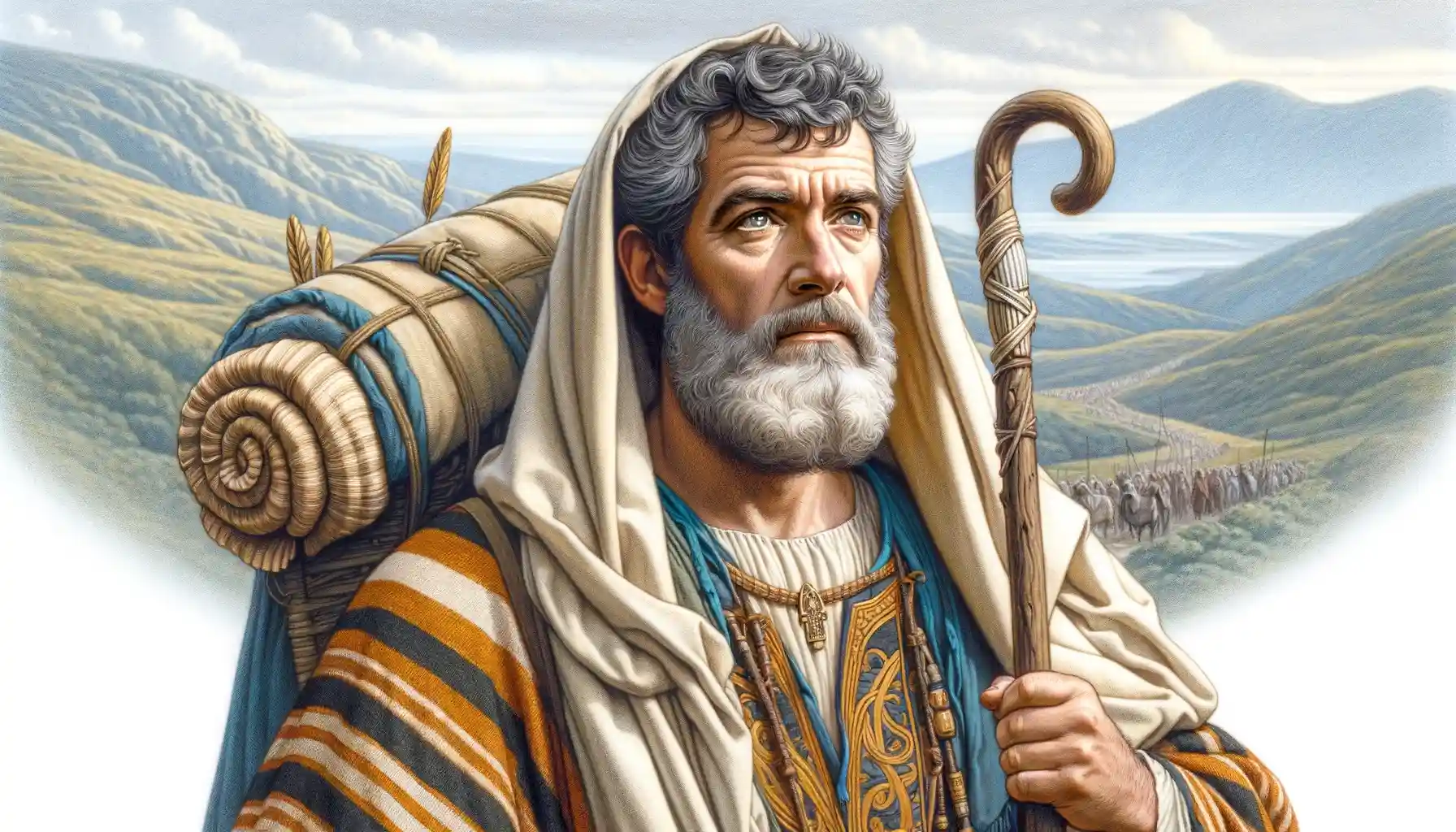John the Apostle, also known as John the Evangelist, is one of the most influential figures in the Christian New Testament, recognized for his profound contributions through several writings including the Gospel of John, three Epistles, and the Book of Revelation; he was one of the key figures among Jesus’ disciples, part of the inner circle, and privileged to witness significant events such as the Transfiguration and the Agony in Gethsemane. Traditionally attributed with deep theological insights, his works emphasize themes like divine love and truth, and his life, marked by close proximity to Jesus, exile on Patmos, and a natural death in Ephesus, reflects a blend of theological depth, apostolic authority, and visionary insight, deeply influencing Christian thought and doctrine across denominations.
James the Greater, son of Zebedee and brother of John, was one of Jesus Christ’s Twelve Apostles, notable for his fervent faith and passionate devotion, which earned him and his brother the nickname “Boanerges” or “sons of thunder.” He witnessed pivotal events like the Transfiguration and the Agony in the Garden due to his status within Jesus’ inner circle. His ministry was tragically cut short when he became the first apostolic martyr, executed by the sword under King Herod Agrippa I around AD 44, highlighting the dangers faced by early Christian evangelists. Venerated as the patron saint of Spain, James’ legacy continues to inspire through the Camino de Santiago, a major pilgrimage route leading to his shrine in Santiago de Compostela, where he is symbolized by the pilgrim’s hat and scallop shell, reflecting his enduring influence as a spiritual guide and protector of pilgrims.


